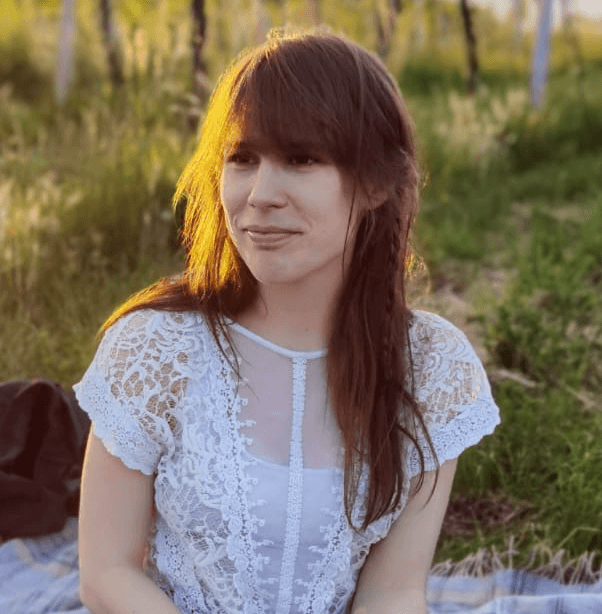ISTE Seal: The Seal of Approval for Digital Learning Tools
Seals of quality are familiar to us from very trivial everyday situations – like the AMA quality seal on egg cartons or the Blue Angel on a bucket of wall paint. They assure us that we can be confident in the quality of the product. It’s not surprising, then, that these certifications also exist for digital learning programs. Just like the ISTE Seal from the USA, for example. During the EdTech Talk with Erin Dowd, the program manager at ISTE, we discussed the criteria that make a good learning software.
The Absence of International Standards
Behind ISTE stands the “International Society for Technology in Education.” Here, educators can connect with providers of digital learning tools to discuss current industry topics. On the other hand, ISTE offers the acquisition of their Seal of Approval, which is also intended to contribute to international quality assurance. This creates a genuine win-win situation – teachers can more easily find high-quality products, and entrepreneurs can boast the ISTE Seal to better position themselves in the market.
But what exactly defines good quality here? “We strongly emphasize user-friendliness and a pedagogically valuable presentation of learning content,” says Erin. Currently, there are no universally accepted quality standards for digital learning programs.
The five dimensions of good quality
So, it’s time to introduce standards. ISTE accomplished this through an extensive, scientifically grounded development phase. Eventually, five dimensions for evaluation emerged:
- User Interface & Agency
- Learning Design
- Digital Pedagogy
- Inclusivity
- Assessment & Data

These evaluation criteria consist of 36 indicators upon which learning programs are assessed. Successful evaluation against these criteria results in the awarding of the ISTE Seal.
However, Erin explains that the entire process hinges on the first dimension. One of the indicators, for instance, pertains to usability: it starts with the initial interaction, such as how easily users can log in. “This might sound like a simple thing, but the software developers need to empathize with educators and students to understand their experience during the login process.”
More articles
The following articles might also interest you.

EdTech Austria Fellowship
24. October 2024

South Korea: How technology, culture and the courage to innovate are shaping education
30. April 2025

Lifelong Learning in Transition: Opportunities and Challenges of AI
17. January 2025

Motor and digital: Cubilog reimagines language development
16. December 2024

“Healthy Apprentice”: Health Literacy for Vocational Schools
28. November 2024

Good Days, Bad Days: “Upstrive” Captures Mental Health
15. November 2024
